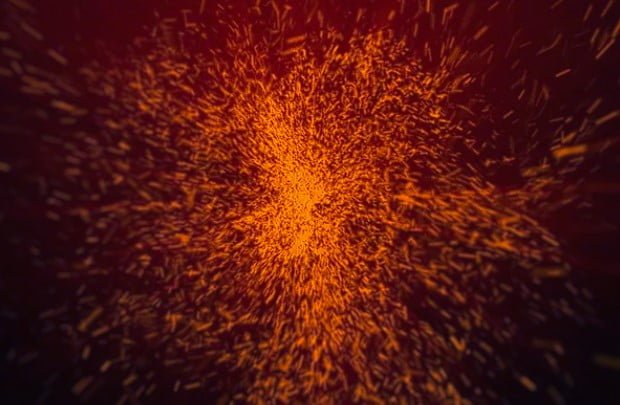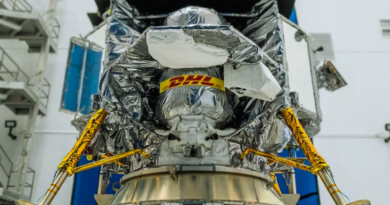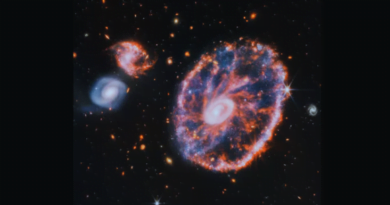Earth’s Mystery: Intergalactic Radio Waves Puzzle Scientists with Unexplained Bursts

A puzzling phenomenon unfolds as Earth experiences mysterious bursts of intergalactic radio waves, leaving scientists searching for answers.
Fast radio bursts (FRBs), the enigmatic bursts of cosmic radiation originating beyond our galaxy, have captivated astronomers for nearly two decades. Despite their potential frequency, with up to a thousand occurrences per day, these cosmic puzzles eluded detection until 2007, sparking over 15 years of intensive exploration. Recent breakthrough studies provide fresh insights into the mysterious origins of FRBs, shedding light on the complexities surrounding these celestial phenomena.
Initially met with skepticism, FRBs raised questions about whether they were mere observational glitches. Lasting only about a millisecond and resembling pulsar blips, these bursts presented a unique challenge, deviating from known pulsar patterns and exhibiting unparalleled power.
Adding to the intrigue, the Parkes Observatory in Australia, the exclusive FRB detector for years, faced controversy over bursts termed ‘perytons,’ traced back to terrestrial sources. However, the cosmic nature of FRBs became evident as detection expanded beyond our galaxy, dispelling early notions of potential technological errors.
The detection surge, with multiple radio telescopes joining the quest, revealed that FRBs emanate from diverse celestial directions, dismissing the possibility of a localized origin within our galaxy. Theories regarding their origins multiplied, spanning powerful supernovae, primordial black holes, and cosmic strings.
A pivotal moment came in 2012 when a repeating FRB was identified, ruling out cataclysmic events like supernovae. While repetition remains rare, irregular intervals in those that do repeat added complexity to their understanding. Attention then turned to magnetars, neutron stars with intense magnetic fields, as potential sources.
Recent evidence supporting the magnetar theory stems from a study of nearby FRBs using the CHIME radio telescope in Canada. The findings suggest a correlation between FRBs and core-collapsed supernovae in spiral galaxies with active star formation.
While the magnetar theory gains traction, astronomers acknowledge the potential for multiple FRB origins. Some propose collisions of old stars as an explanation for FRBs in elliptical galaxies. As observational upgrades enhance our ability to study FRBs’ local environments, astronomers eagerly anticipate unraveling the remaining mysteries surrounding these captivating cosmic phenomena.
Fast radio bursts exemplify how innovative perspectives in science often lead to unexpected and astonishing discoveries, reinforcing the notion that exploring the universe in new ways unveils extraordinary phenomena previously overlooked.








